Researchers confirm an exoplanet using NASA’s Webb telescope for the first time, opening the possibilities of pinpointing Earth-sized planets orbiting smaller red dwarf stars
Webb telescope is an international collaboration between the US space agency NASA, the European Space Agency, and the Canadian Space Agency, involving more than 10,000 people.
"Webb is bringing us closer and closer to a new understanding of Earth-like worlds outside our solar system, and the mission is only just getting started." "The telescope is so sensitive that it can easily detect a range of molecules, but we can't yet make any definitive conclusions about the planet’s atmosphere," said Erin May of the Johns Hopkins University Applied Physics Laboratory.
The researchers, nevertheless, said the star of the planet is a red dwarf and is less than half the temperature of the Sun, so while the planet is closer to it than any planet in our solar system, they project it still could have an atmosphere.With already several significant milestones, James Webb Telescope added another one to its list of achievements.
Australia Latest News, Australia Headlines
Similar News:You can also read news stories similar to this one that we have collected from other news sources.
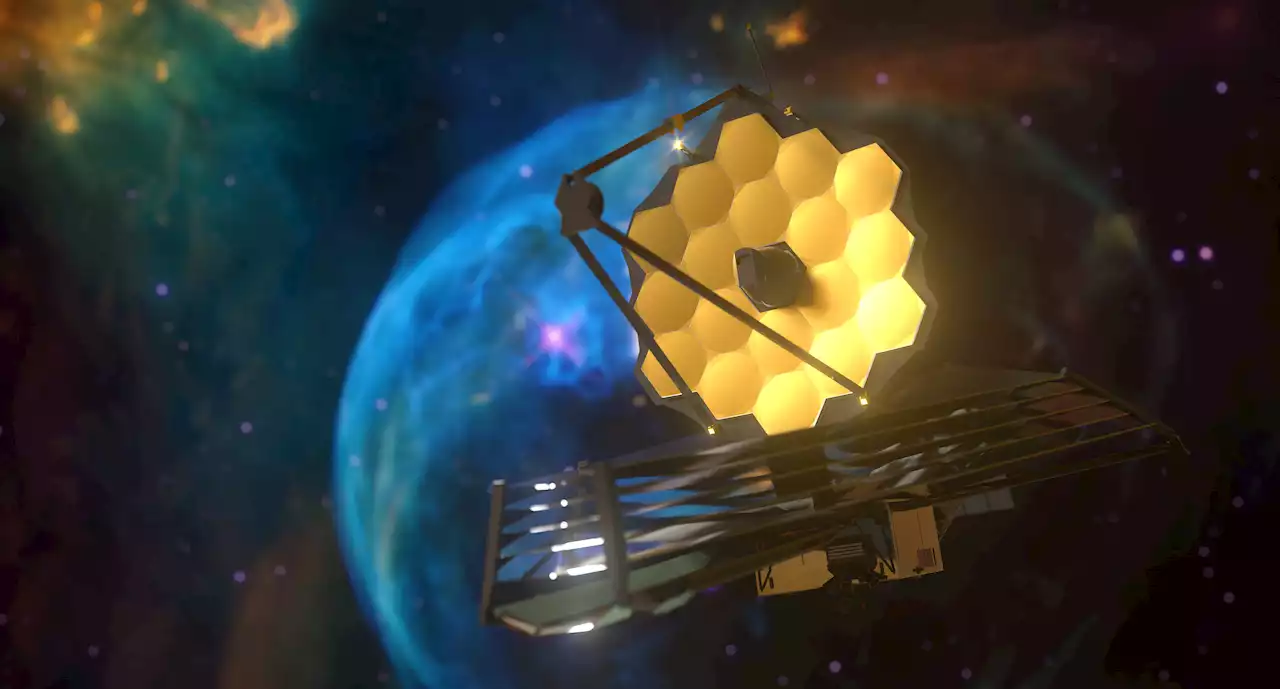 The Webb Telescope's first confirmed exoplanet is 99 percent the diameter of Earth | EngadgetWe peered 41 light years into the cosmos and found a planet in the Octans constellation with a diameter 99 percent that of Earth itself — say hello to LHS 475 b..
The Webb Telescope's first confirmed exoplanet is 99 percent the diameter of Earth | EngadgetWe peered 41 light years into the cosmos and found a planet in the Octans constellation with a diameter 99 percent that of Earth itself — say hello to LHS 475 b..
Read more »
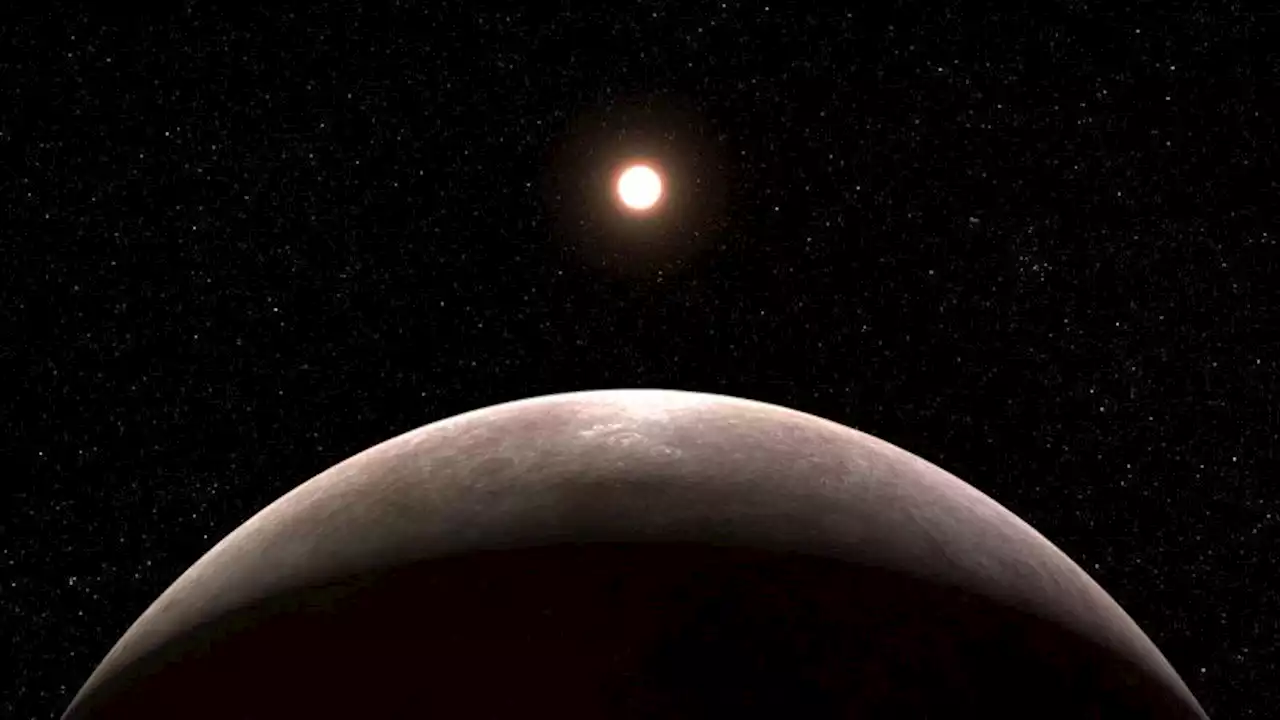 James Webb Space Telescope discovers its first exoplanet | CNNThe James Webb Space Telescope has been used to confirm the existence of an exoplanet for the first time. The space observatory also spied a dusty debris disk around a nearby star and a star-forming region in a neighboring galaxy.
James Webb Space Telescope discovers its first exoplanet | CNNThe James Webb Space Telescope has been used to confirm the existence of an exoplanet for the first time. The space observatory also spied a dusty debris disk around a nearby star and a star-forming region in a neighboring galaxy.
Read more »
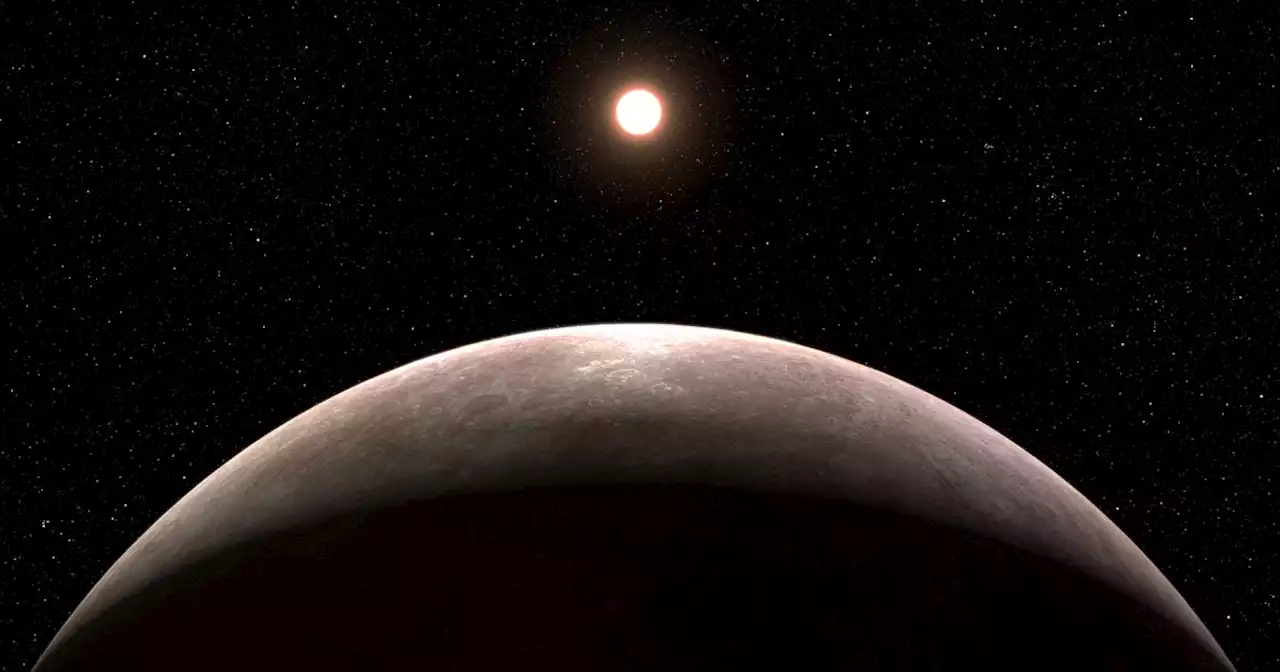 James Webb Telescope finds its first exoplanetNASA’s James Webb Space Telescope was used for the first time to confirm the existence of an exoplanet, scientists say. The planet is a small and rocky world that is almost the same size as Earth, according to the research team.
James Webb Telescope finds its first exoplanetNASA’s James Webb Space Telescope was used for the first time to confirm the existence of an exoplanet, scientists say. The planet is a small and rocky world that is almost the same size as Earth, according to the research team.
Read more »
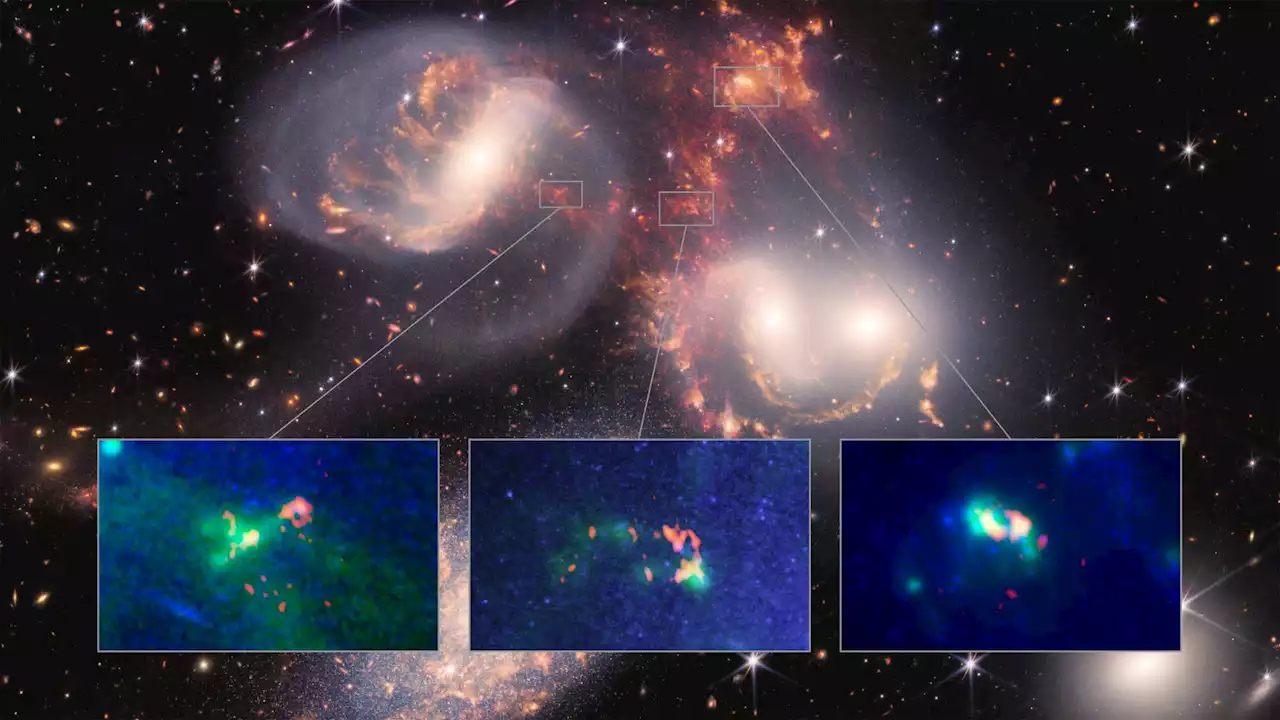 James Webb Space Telescope detects a sonic boom bigger than Milky WayObservations made with JWST and ALMA allowed researchers to see the complex interactions within the multi-galaxy collision event known as Stephan's Quintet
James Webb Space Telescope detects a sonic boom bigger than Milky WayObservations made with JWST and ALMA allowed researchers to see the complex interactions within the multi-galaxy collision event known as Stephan's Quintet
Read more »
 Early James Webb Space Telescope findings take center stage at key astronomy conferenceSharmila is a Seattle-based science journalist. She found her love for astronomy in Carl Sagan's The Pale Blue Dot and has been hooked ever since. She holds an MA in Journalism from Northeastern University and has been a contributing writer for Astronomy Magazine since 2017. Follow her on Twitter at Sharmilakg.
Early James Webb Space Telescope findings take center stage at key astronomy conferenceSharmila is a Seattle-based science journalist. She found her love for astronomy in Carl Sagan's The Pale Blue Dot and has been hooked ever since. She holds an MA in Journalism from Northeastern University and has been a contributing writer for Astronomy Magazine since 2017. Follow her on Twitter at Sharmilakg.
Read more »
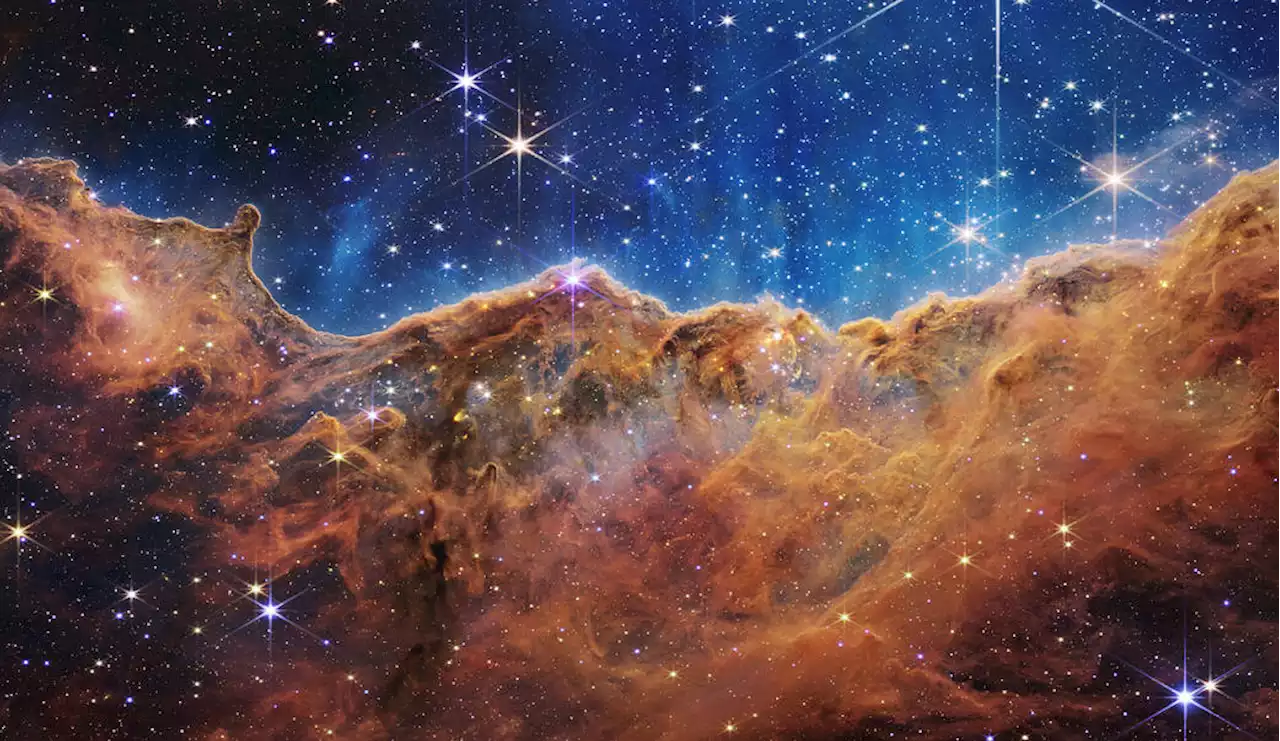 SXSW Brings the Cosmos to AustinSXSW announces Nick Jonas, KIller Mike, and unseen images from the James Webb telescope.
SXSW Brings the Cosmos to AustinSXSW announces Nick Jonas, KIller Mike, and unseen images from the James Webb telescope.
Read more »
